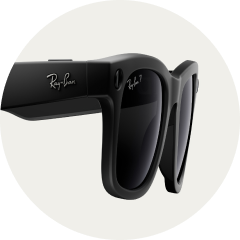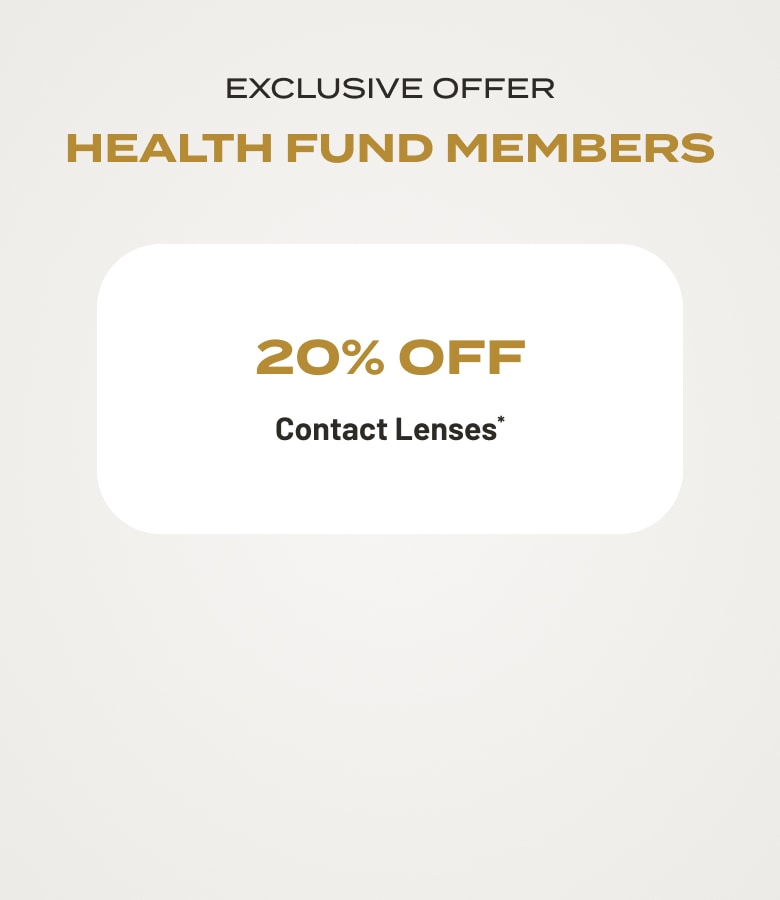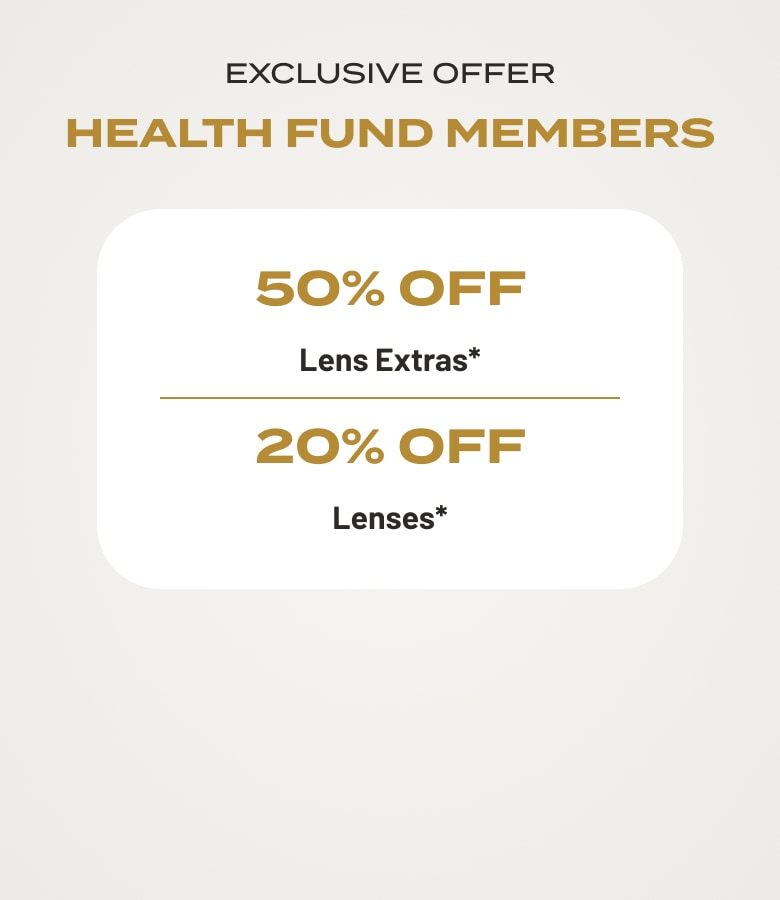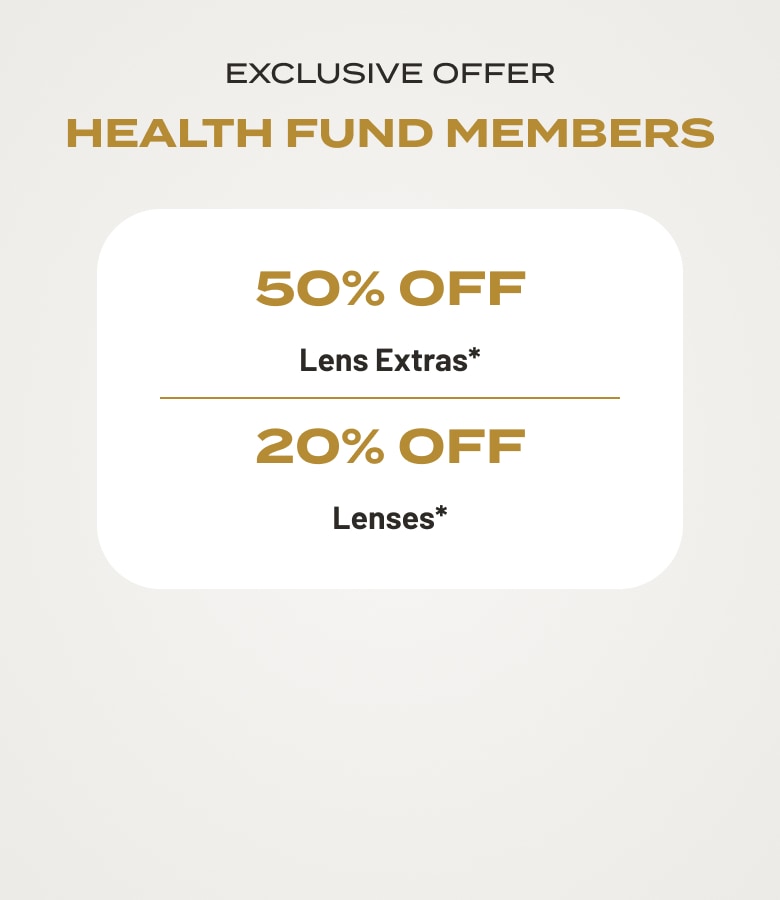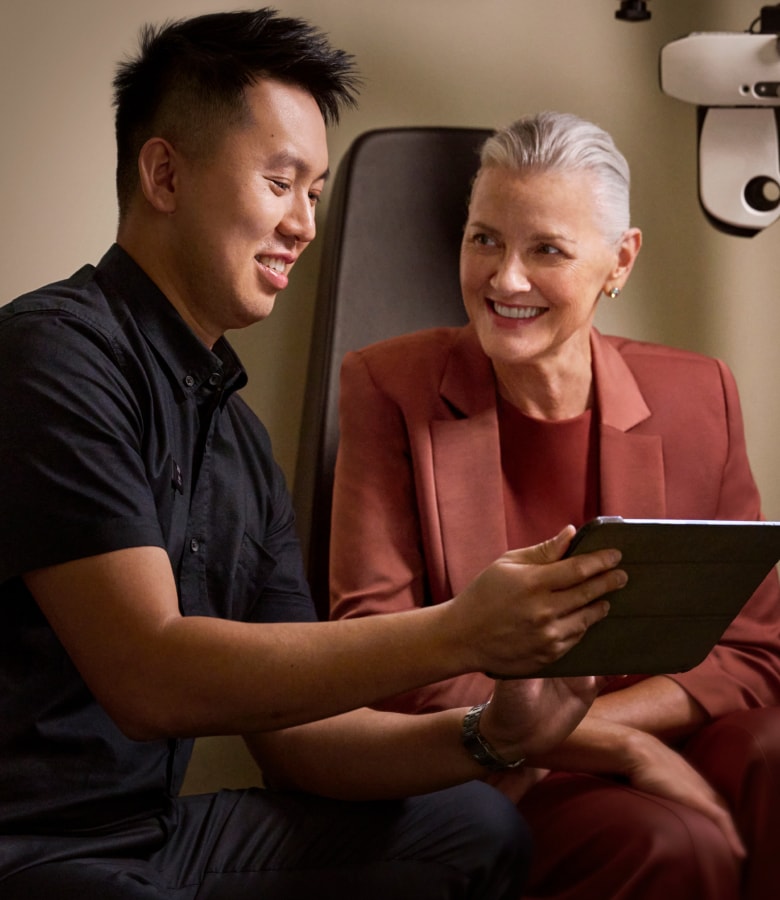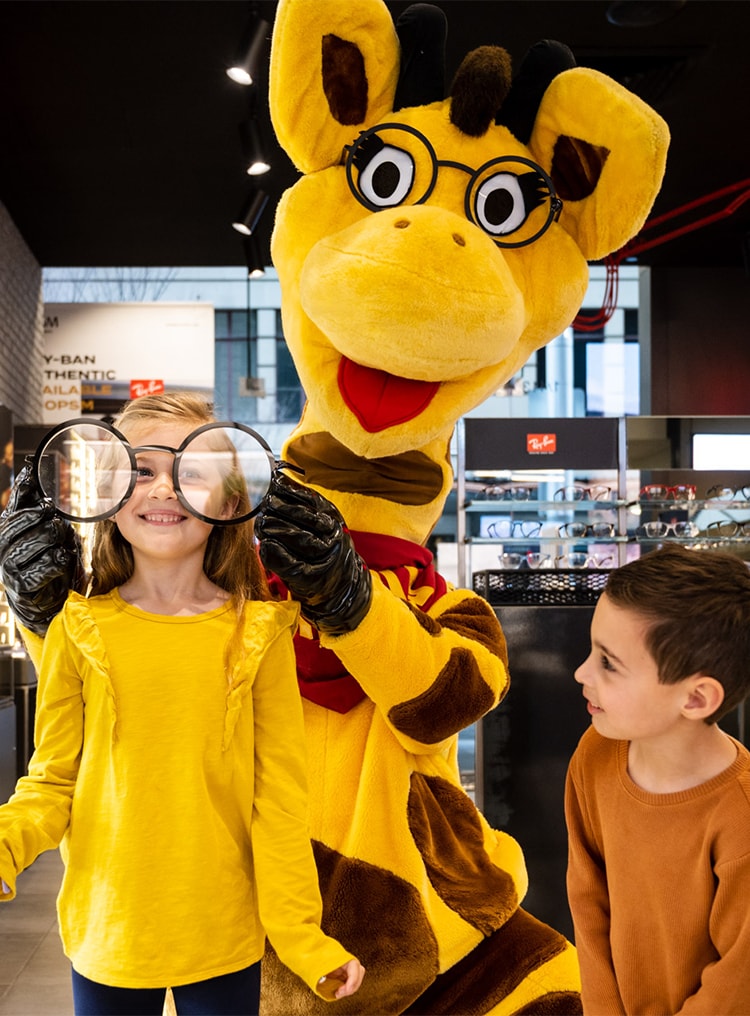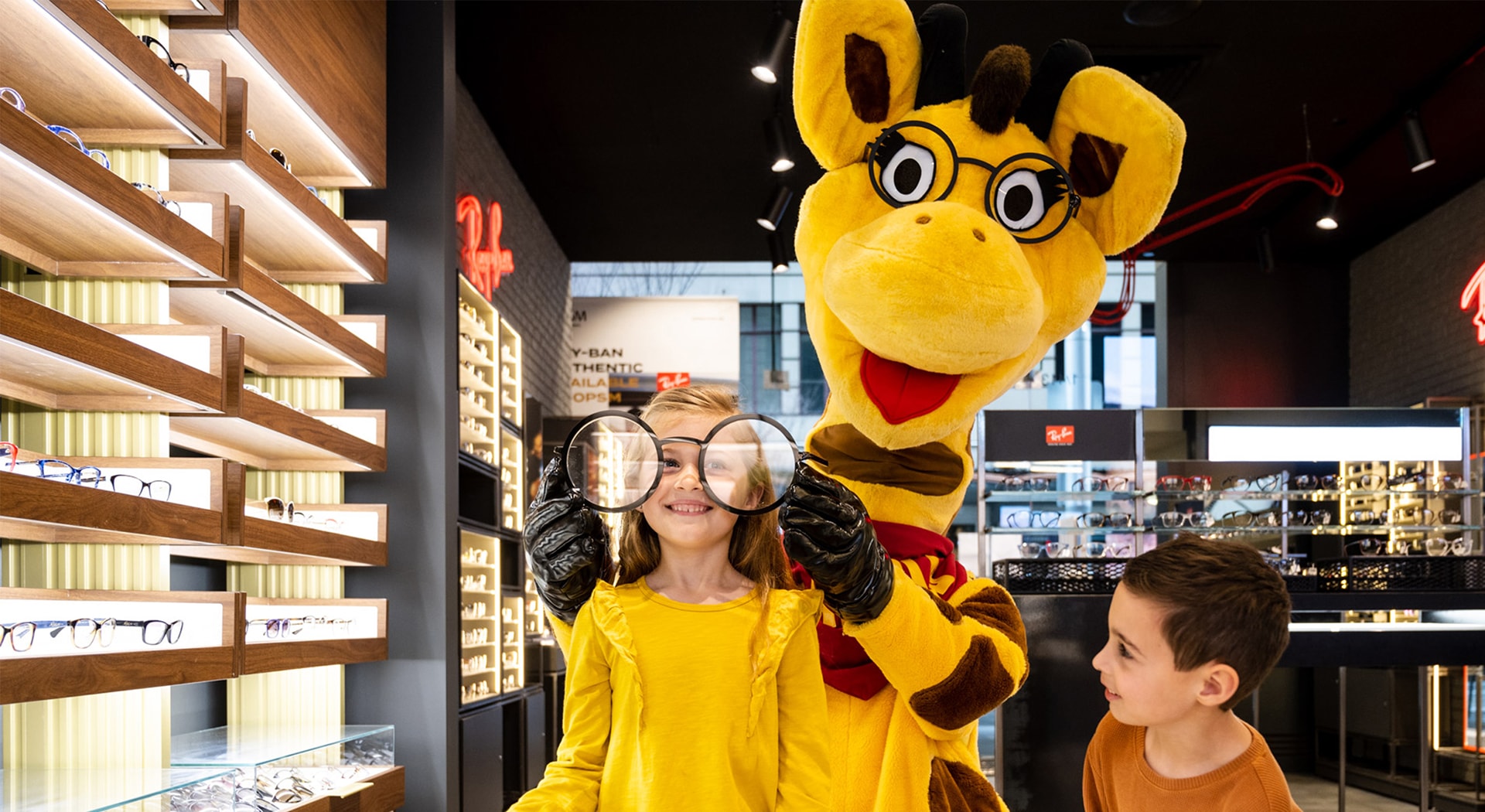-
Contact lenses
Type and Frequency
Daily Fortnightly Monthly Toric Multifocal
Brand
Acuvue Dailies Biofinity OPSM View all brands
Solutions & Accessories Subscribe & Save 25%Reorder your contacts View all contacts
 Shop now
Shop now^Further T&Cs apply.
-
Glasses
Shop by our picks
New Arrivals Best SellersRay-Ban | MetaNewOakley | MetaNew
Shop by offer
Sale | Up to 50% off
Shop by lenses
Transitions®
Shop by brand
Ray-Ban Oakley Miu Miu Versace
Find your Frame VIEW ALL GLASSES
 Shop now
Shop now*In store only. When purchased as part of a complete pair (frame and lenses). T&Cs apply.
-
Sunglasses
Shop by our picks
New Arrivals Best SellersRay-Ban | MetaNewOakley | MetaNew
Shop by offer
Seasonal Promo Sale | Up to 50% off
Shop by lenses
Oakley® Prizm™ Lenses
Shop by brand
Ray-Ban Oakley Prada Ralph
Find your Frame VIEW ALL SUNGLASSES
 Shop now
Shop now*In store only. When purchased as part of a complete pair (frame and lenses). Further T&Cs apply.
-
-
Brands
a - z
Alain Mikli Armani Exchange Arnette Brooks Brothers Brunello Cucinelli Burberry Coach Costa Dolce&Gabbana Emporio Armani Ferrari Giorgio Armani GucciJimmy ChooMichael Kors Miraflex Miu MiuNewMonclerOakleyNewOakley MetaOliver Peoples OPSM Persol Polo Ralph Lauren Prada Prada Linea Rossa Ralph Ray-BanNewRay-Ban MetaScuderia Ferrari Sferoflex Swarovski Tiffany & Co. Tom Ford Versace Vogue EyewearNew -
Our Services
BUYING ONLINE
Claim Health Fund Benefits Subscribe & Save 25% Find your frame
OPTOMETRY SERVICES
Book an Eye Test Vision Plan™ Eye Tests Eye Technology
AUDIOLOGY SERVICES
Book a Hearing Test Hearing care
USEFUL INFORMATION
Bulk Billing Workplace Services FAQs Lenses Dedicated to Everyday Excellence
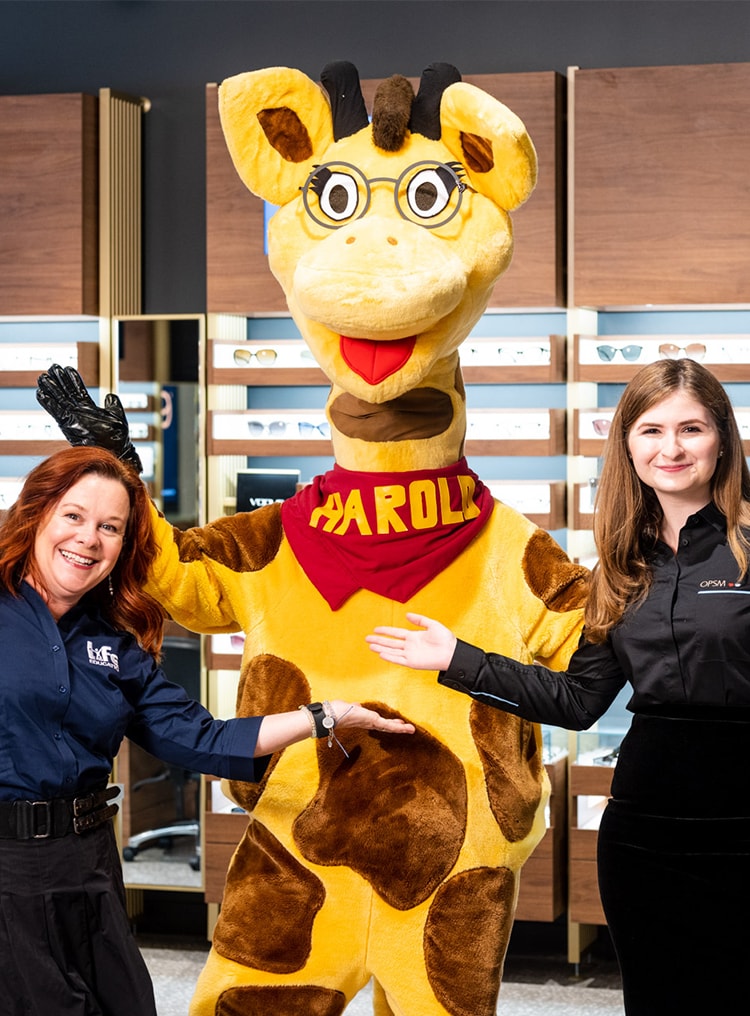
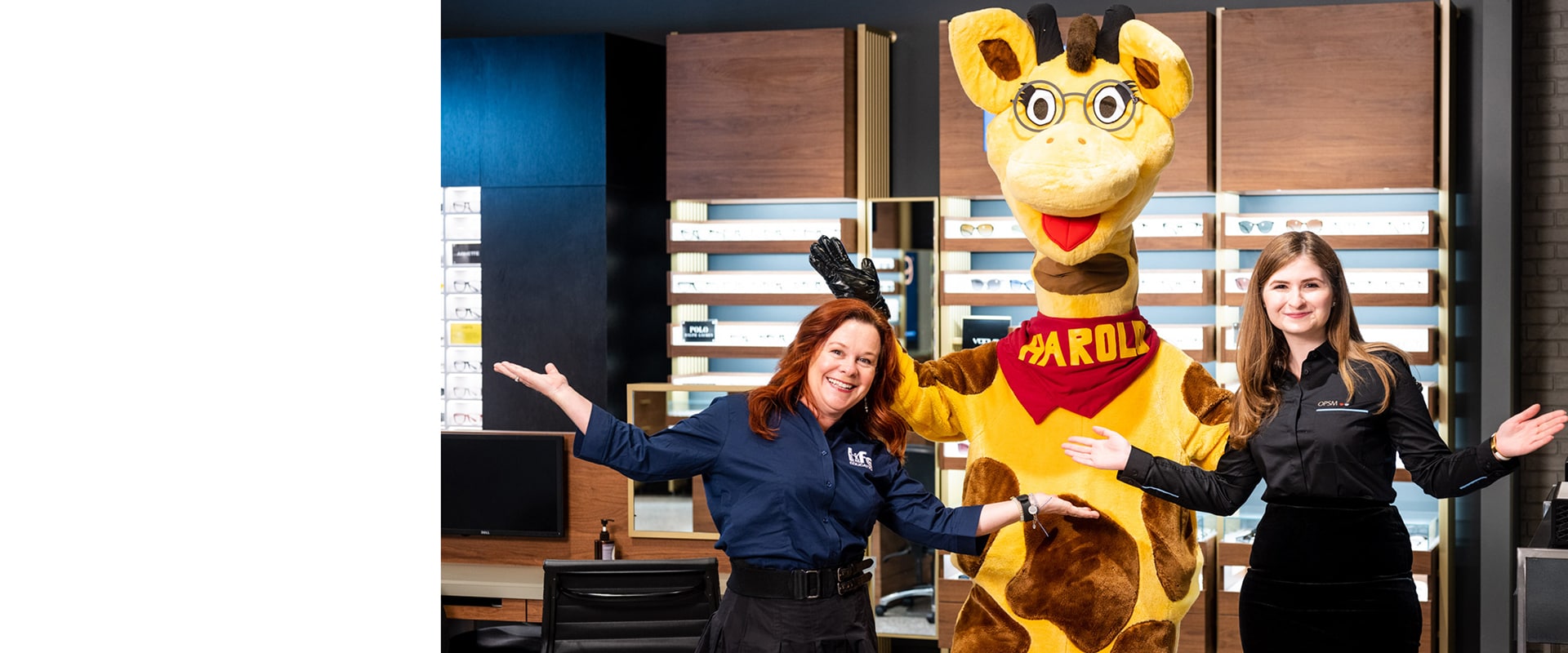
OPSM
PARTNERS WITH
HEALTHY HAROLD
OPSM and Healthy Harold partner to educate Aussie kids about eye health
OPSM has partnered with Life Education and Healthy Harold, the much-loved Australian children’s icon, to address the need for early and regular eye health checks in children to help combat myopia.
One in five Australian kids currently experience eye problems in some form with myopia being the biggest eye health issue affecting children today. It is estimated that by 2050, myopia will affect at least 49.8% of the world’s population - or nearly five billion people*.
Is your child complaining of sore or tired eyes? Moving closer to the screen? Headaches? Squinting? Reduced focus and concentration? Avoiding reading? Short attention span? These are identified symptoms of a child with myopia*.
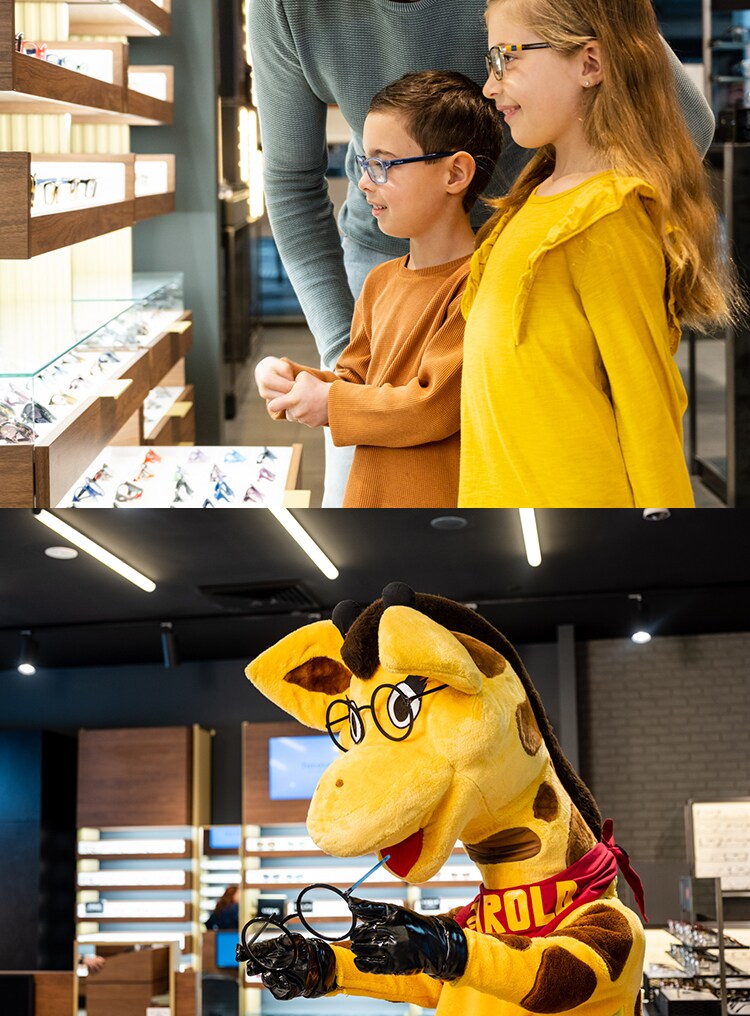
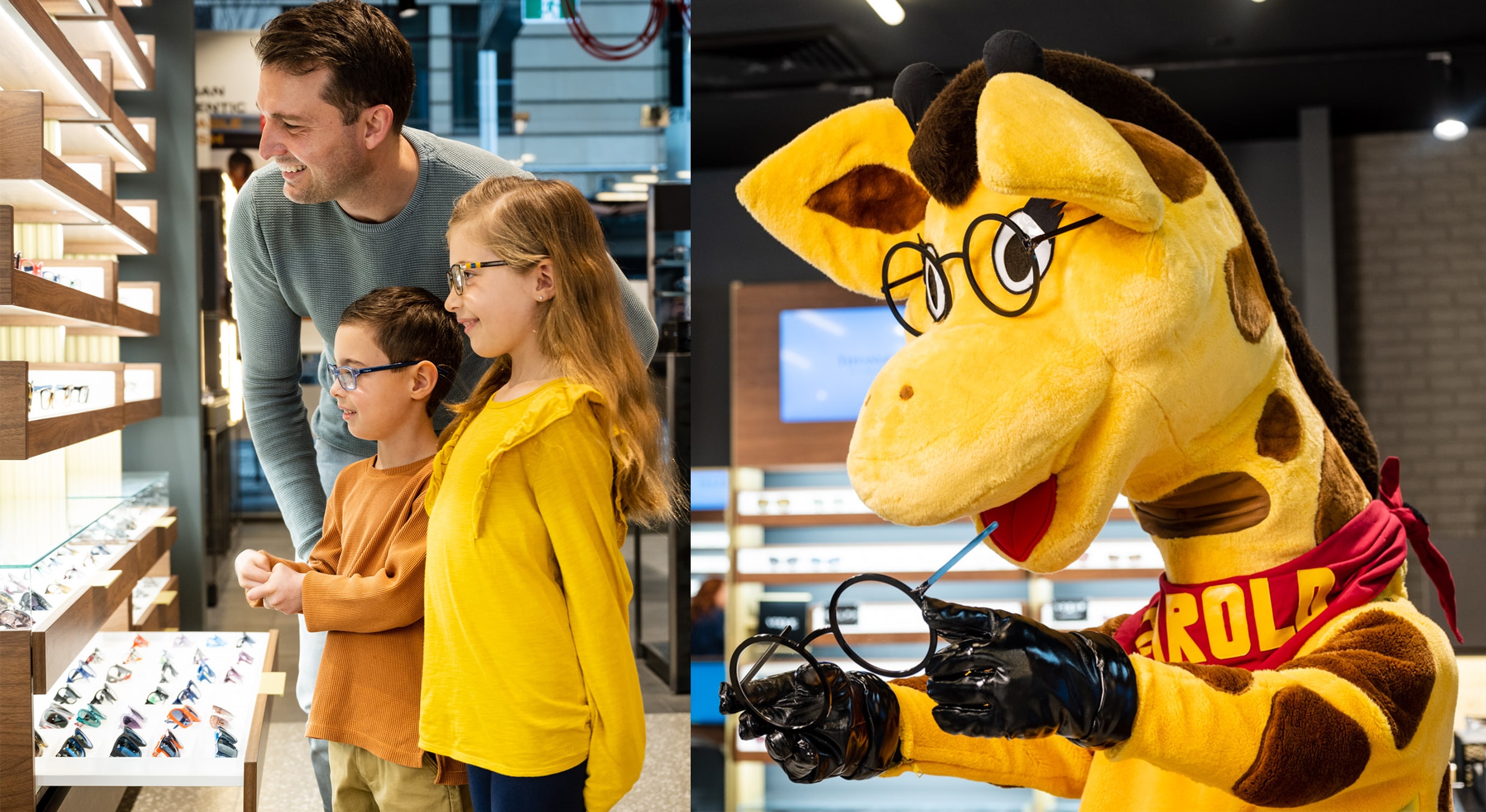














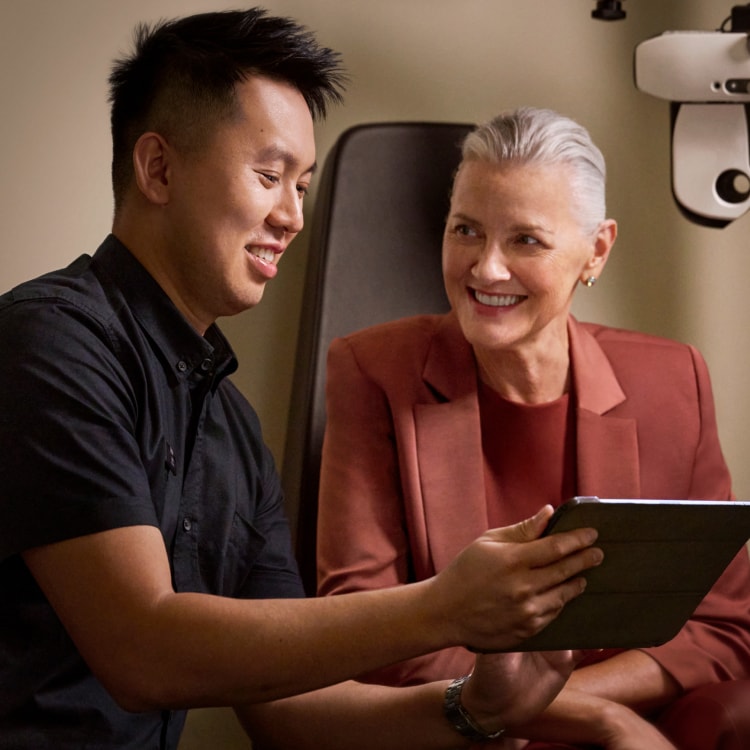
 Book an eye test
Book an eye test
 Health Funds
Health Funds
 Find A Store
Find A Store
 Favourites
Favourites

